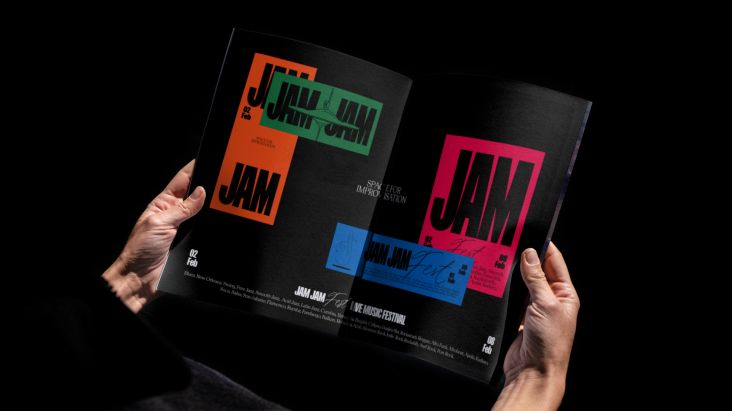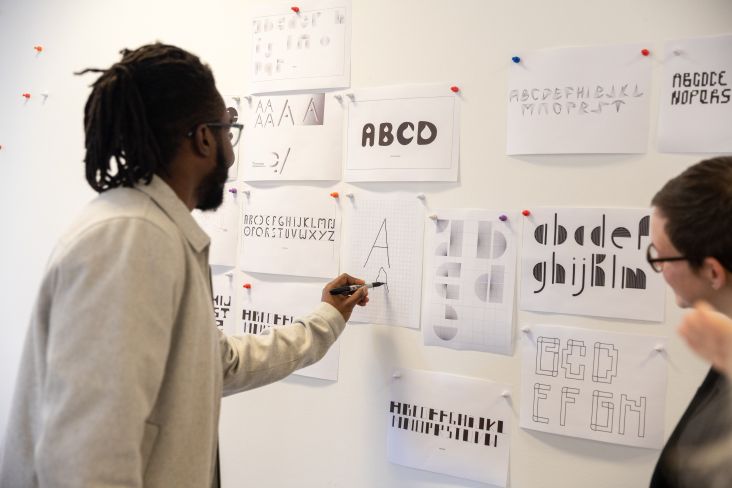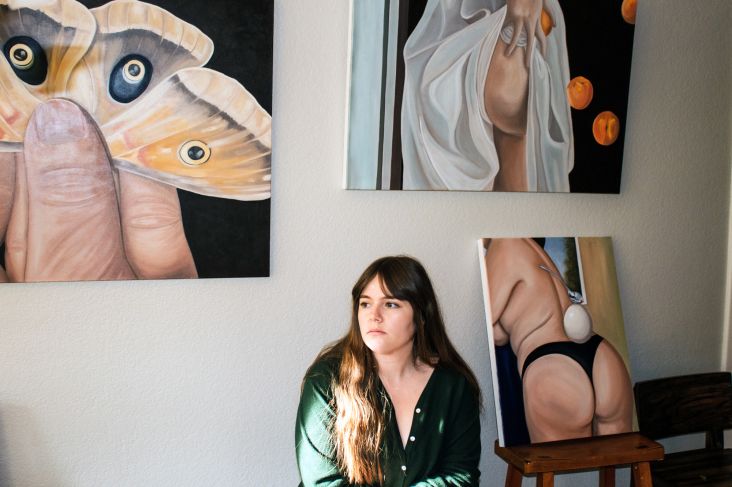Want to go freelance? These top illustrators share the big secrets to their success
Going it alone as an illustrator is full of challenges, from creative to administrative. So the more advice you can get, the better. We asked ten successful freelance illustrators to share the benefit of their experience to date, and they all shared valuable tips and insights.

© Jungmin Ryu. All images courtesy of the artists.
Perhaps the biggest challenge of being a freelance illustrator, at least at the start, is getting enough work. Even if you're super-talented, most clients don't necessarily need illustrations on a regular basis, so it's common to experience peaks and troughs.
As a result, it's common to overcommit and take on too much work. That can lead to sleepless nights, missed deadlines and ultimately a bad reputation, so it's important to strike the right balance between keeping busy and overextending yourself. It's also crucial to get the right tools to help you stay organised so that when you are on a deadline, you have the time to be creative and don't get swamped with other things.
With that in mind, we've teamed up with Playbook – a new platform that helps creatives organise their assets more efficiently – to give you this advice on becoming a successful freelance illustrator. Follow these ten tips, and you won't go far wrong.
1. Try out different styles
One of the best ways to find success as a freelance illustrator is to develop a unique style and become known for it. But you shouldn't be in any rush to get there. At least in the early stages of your freelance career, it's a good idea to experiment with different directions until you settle into the niche you truly love.
Jungmin Ryu, a Korean illustrator working as a freelance 3D illustrator and animator in the Netherlands, followed this exact path. "For the first three months, I tried out many different styles of tutorials," she explains. "Slowly, I found my way to create my own design. With the knowledge I built up from educating myself, I started posting my portfolio weekly to show on Behance. That's how I got my first client as a character designer."
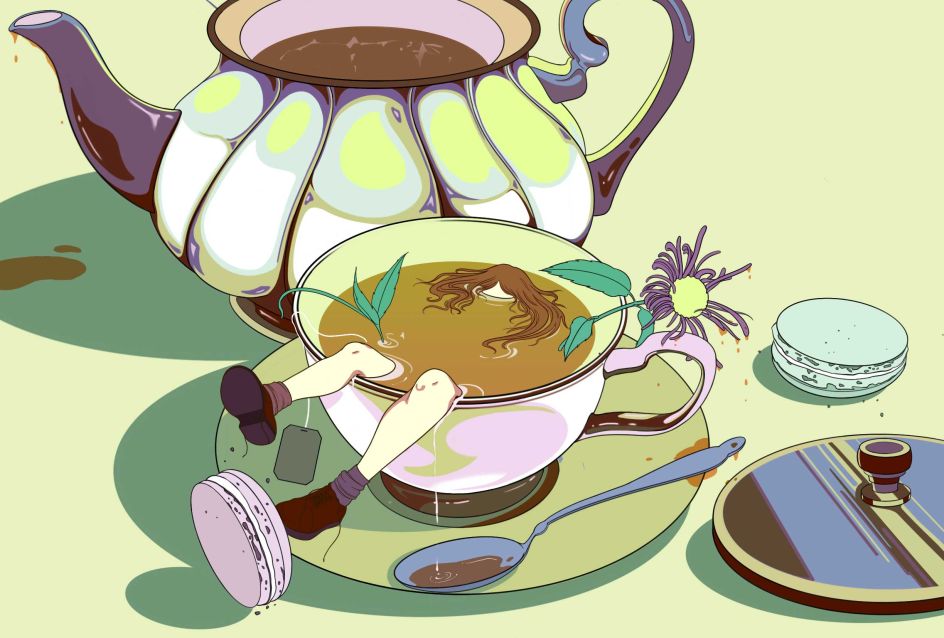
© Janelle Barone
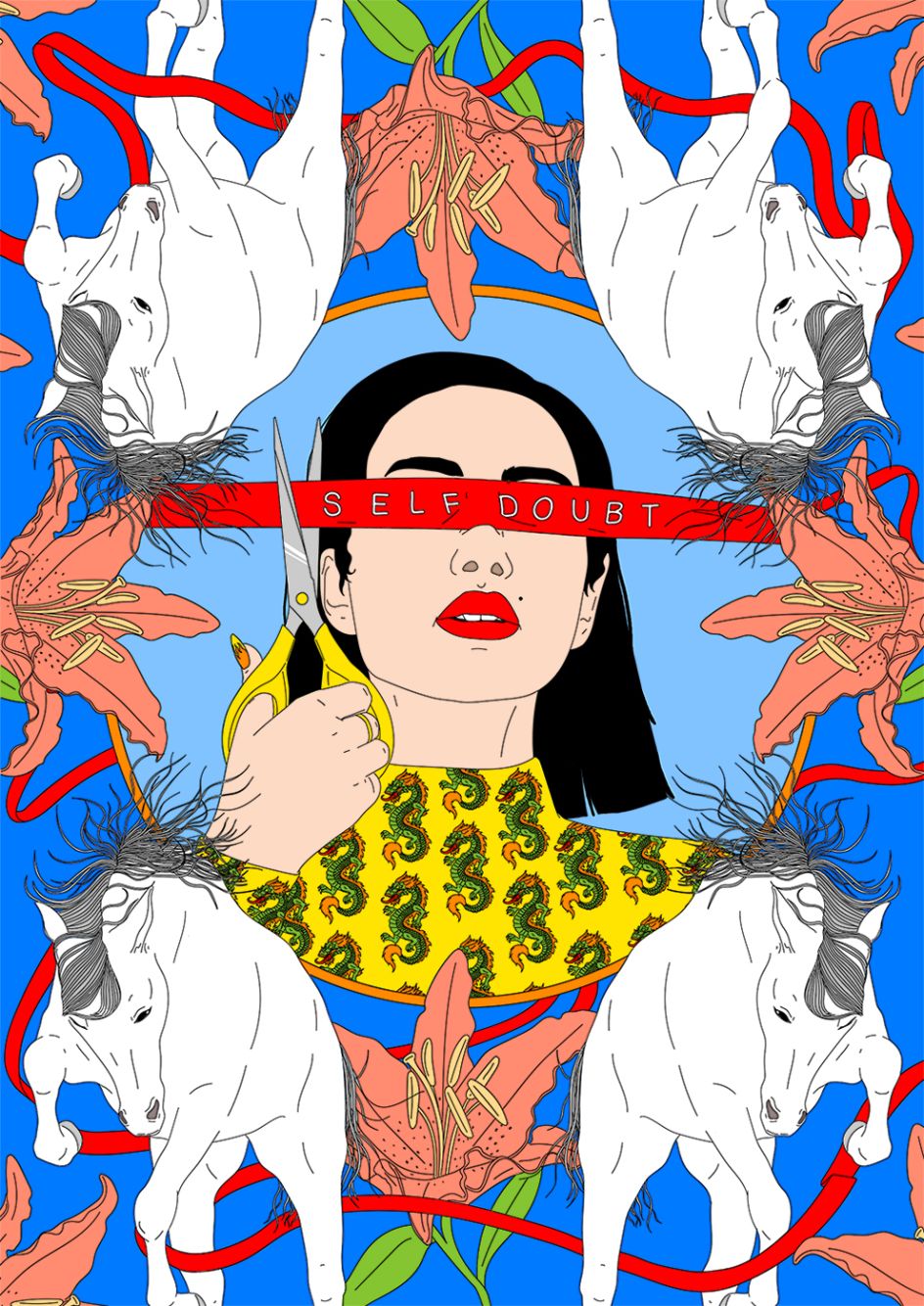
© Anna Rupprecht
2. Pursue side projects
When you find your niche, though, you don't want to become creatively stifled. Doing too much of the same kind of work every day can rob you of your passion and creative drive. Hence it's almost a necessity as a freelancer to have a side project that allows you to keep experimenting and pushing yourself.
Also, side projects themselves can lead to new opportunities, as Ulises Mendicutty, an illustrator and art director currently based in Barcelona, has found. "My personal projects have given me the most success in my career as an illustrator," he says. "And I think they are the key in the professional development of any illustrator, as they are the best tool for self-promotion. They don't just help us to get clients: they get us hired doing what we really love. So I always try to leave some time to create pieces for myself, plus it's always good to practise and experiment."
3. Use the right tools
To find success as an illustrator, Ulises believes above all that you need to be "constant, honest, organised and have patience". But in reality, that's not always easy. When you're working by yourself and having to cover all aspects of the business, managing multiple clients efficiently is a real challenge – for even the best of us.
The good news is that in 2022, there are many digital tools to help you stay on top of things. You might have to spend an hour or so setting them up and learning how to use them. But in return, you'll seriously reduce the time you have to spend on tedious administration and gain extra hours in which to be creative.
For example, we're big fans of Playbook, a new kind of cloud storage built for creatives by creatives. This easy-to-use tool uses graphic tagging and machine learning search to organise your assets into a Pinterest-like web page, rather than the dry lists of text you get with platforms like Google Drive or Dropbox. That means saying goodbye to hours wasted trying to find assets buried in multiple nested folders.
And there's more. The free plan provides you with 100GB of storage, which is super-generous (as a comparison, Google gives you just 15GB for free across your Gmail, Google Drive and Google Photos). For Creative Boom readers, Playbook is offering a free upgrade to the Artist + Designer Plan with 4TB of storage (266 times more than Google Drive).
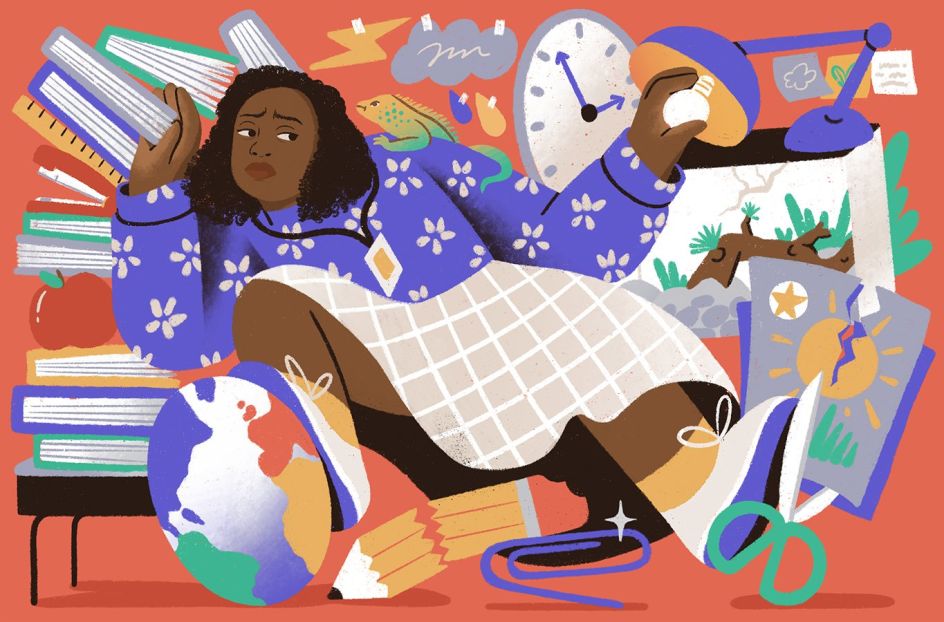
© Janice Chang
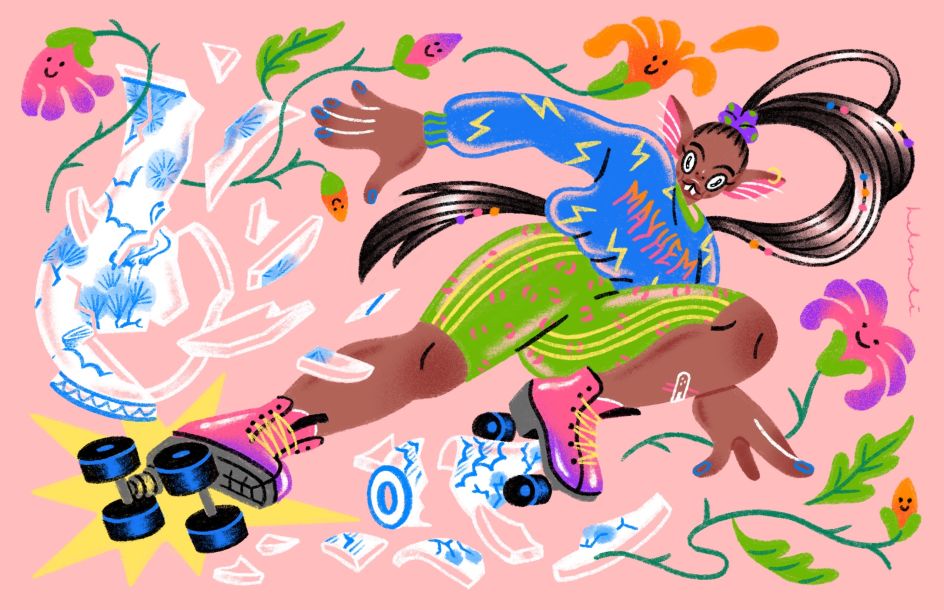
© Helen Li
4. Create your own opportunities
Even successful freelance illustrators often experience peaks and troughs when it comes to demand for their services. So maintaining momentum is crucial, says Anna Rupprecht, an artist and graphic designer based in Berlin.
When I started my freelancing career back in the day, I got a quote tattooed to my ankle saying 'JUST KEEP MOVING'," she recalls. "It sounds so banal, but it's kind of my mantra when it comes to self-promotion: keeping your head up in slow inquiry periods and trying again if something doesn't work out. It's like you should never stop your engine.
"You don't get successful from sending out a couple of emails to picture editors and waiting for your turn," she emphasises. "You have to push out your work into the world constantly, get feedback. Take part in illustration competitions that give you outreach. If you feel confident with your style, keep an eye out for a representation agency you can identify with. Don't wait for opportunities to knock. Create them!"
Australian illustrator Janelle Barone tells a similar story. "Getting work means doing work," she says. "Figure out what you care about, consider how relevant it is, and make the type of work that you want to receive for the type of clients that you want to collaborate with. But in doing so, know that it's unlikely that any one brief, professional achievement or sum of money is going to qualify your creative status for you: that's your responsibility."
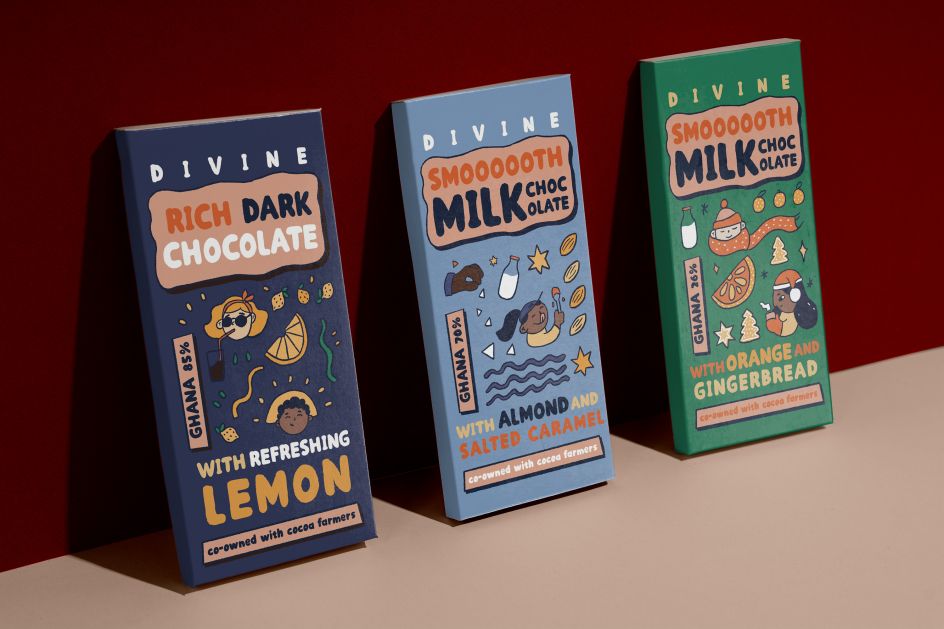
© Vicky Hughes

© Jungmin Ryu
5. Ask for help
Freelancing means going it alone, but that doesn't mean you can't ask for help, particularly when it comes to finding work. "Make the most of your network: friends, family, peers, colleagues," advises Leeds-based illustrator Vicky Hughes. "Some of them might be in a position to hire you themselves or recommend you to somebody, and word of mouth is the best way to get your name out there.
"Stay in touch when you're leaving a career or workplace," she adds. "Some of my biggest freelance jobs have come from old colleagues. As a bonus, it's lovely to work with people you know already, making the whole thing much less scary."
6. Avoid the comparison trap
With so many freelance illustrators working hard to promote themselves, the web is full of amazing work. And that's a great way to get inspiration for your own projects – as long as you don't get too obsessed by it and fall into the 'imposter syndrome' trap.
"Something that has helped me a lot in my career that I'm still working on is to not compare myself," says Janice Chang, an American illustrator based in Brooklyn. "Of course, it's much easier said than done, but I've learned that everyone goes at their own pace, and there's no rush to the finish line. If you work hard and stay focused on your own experiences and pursuits, it really does pay off in the long run."

© Jean-Manuel Duvivier

© Ulises Mendicutty
7. Stay curious
Once you've got a steady flow of work, there's a danger that complacency can set in. So Helen Li, an Australian illustrator currently living and working in Warsaw, Poland, believes you need to keep your mind active and alive to new ideas and concepts.
"Staying curious and stupid has helped me make my best work," she says. "I try not to take myself too seriously. I remind myself that there's always a home for my art and relish all wins and fails. Otherwise, I think life loses its spice. I also have a kickass agent who handles all the stuff I'm uncomfortable with, so I have space to recharge my creative energy and focus on making fun art!"
8. Centre yourself
When work doesn't come in regularly – and as a freelancer, you can never guarantee that it will – keeping a positive state of mind is crucially important. "My advice is to practice yoga for one hour every morning," says Jean-Manuel Duvivier, a French illustrator living and working in Brussels. And more broadly, he says: "Practise illustration as a way of living, a philosophy, a way to be connected to the world, to the people."

© Nigel Buchanan
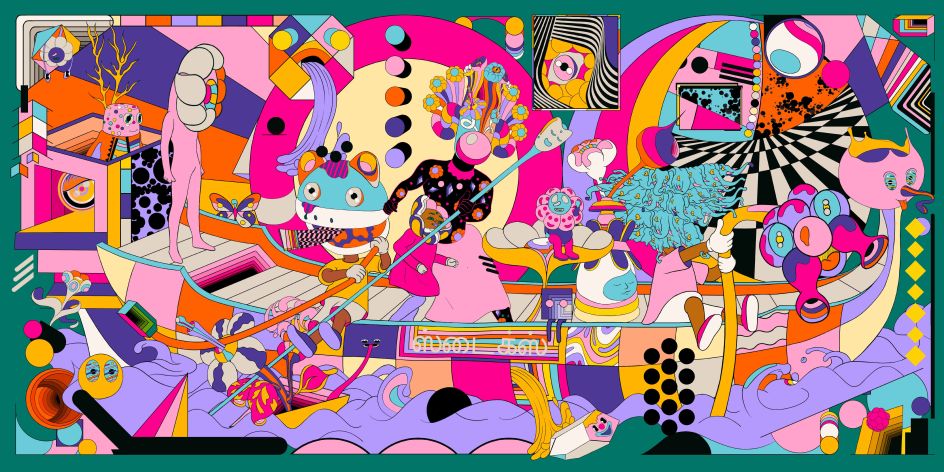
© Murugiah
9. Find your inner voice
As we mentioned earlier, your ultimate goal as a freelance illustrator should be to specialise and find a niche. That's partly about meeting an identifiable market need, but it goes deeper, too.
London-based artist and illustrator Murugiah says: "What's worked for me in recent years has been finding my true voice as an artist. Discover your unique qualities and figure out how they manifest themselves in how you approach your life and the world around you. Then mix all of that in with your creative influences.
"Once you have figured all that out, make personal work!" he adds. "Nothing that is linked to any kind of speculative project but truly personal. Your own ideas. The more you make, the stronger your voice becomes. Clients tend to love this stuff, and eventually, they will ask for your unique voice on the project that they have and can pay you for."
10. Be your own harshest critic
To round things off, Nigel Buchanan offers 14 more pieces of advice to get you on the right track for your freelance career. "Be your own harshest critic," he begins. "Tell people about your best work. Don't do work you aren't good at. Develop your mind's eye. Sketch what it sees.
"Keep adapting your work to keep it evolving," he continues. "Be open to new directions and opportunities when they come along. Ask as many questions as you need to to get a clear brief. Try to work in a pleasant space. Get basic financial advice.
And finally: "Don't work in a vacuum. Use an old-school pencil, at least sometimes. Deliver on time. Find a proactive agent. And it's ok to turn work down."















